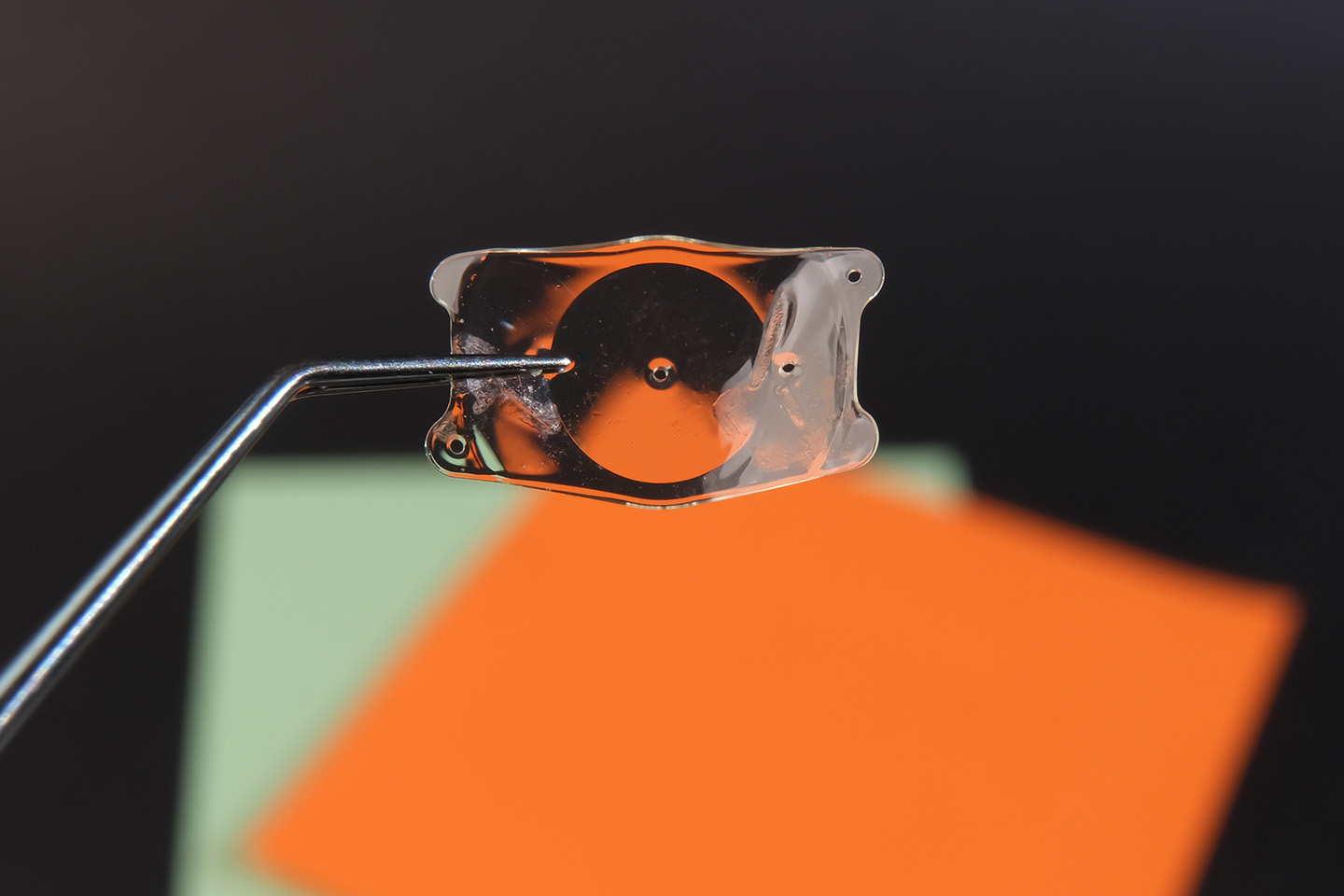Your Treatment Options for Glaucoma

With early detection and proactive treatment, it’s possible to stop glaucoma in its tracks.
The second-leading cause of blindness, glaucoma occurs when eye pressure builds up and damages the optic nerve, ultimately leading to vision loss. Because glaucoma doesn’t always come with warning signs, patients will sometimes fail to notice their slowly deteriorating vision at first or simply explain the symptoms away. That means that getting regular eye checkups is critical; your eye care professional can examine you for signs of glaucoma.
Luckily, if glaucoma is discovered early enough, it can usually be managed with treatment. Let’s take a look at the steps we can take to manage glaucoma once it has been diagnosed.
-
Medication
Typically, glaucoma medication will come in the form of eye drops and work in one of two ways. The first is by reducing the amount of fluid that the eye produces, thus reducing the pressure build-up. This is how beta-receptor antagonists, such as timolol and betaxolol, and alpha antagonists, such as epinephrine, work.
Other medications help by increasing fluid drainage in the eye. Prostaglandins, like latanoprost and travoprost, work this way. Alternately, some drugs such as alpha-2 agonists like brimonidine and apraclonidine both reduce fluid production and increase the drainage.
-
Laser
There are also surgical procedures that can make the eye drain fluids more easily and help to remove excess fluids. One class of these procedures uses a “cold” argon beam laser to create an opening in the mesh that surrounds the optic nerve, which gives the fluid a convenient route to leave the eye.
Laser therapy is an especially effective treatment if the patient is suffering from acute closed-angle glaucoma. Unlike other types of glaucoma, acute closed-angle glaucoma can cause the eye to bulge uncomfortably out of its socket. In these cases, a laser can equalize pressure at the front and back of the eye, which usually allows the eye to recede back into place.
-
Surgery
In the rare case that medication and laser therapy are both ineffective, traditional surgery remains an option. A number of operations have been shown to provide at least temporary correction of glaucoma and its symptoms. One common procedure is called a trabeculectomy, which involves making an incision in the white part of the eye to allow for the drainage of excess eye fluid.
In the case that the surgical incision closes, the doctor may consider surgically inserting a silicone tube called a drainage implant that facilitates the removal of the fluid.
If you’re concerned that you might be developing glaucoma, it’s always a good idea to talk to an eye health professional. Contact Swagel Wootton Eye Institute to make an appointment at our Mesa or Chandler locations today.
[DISPLAY_ULTIMATE_SOCIAL_ICONS]








